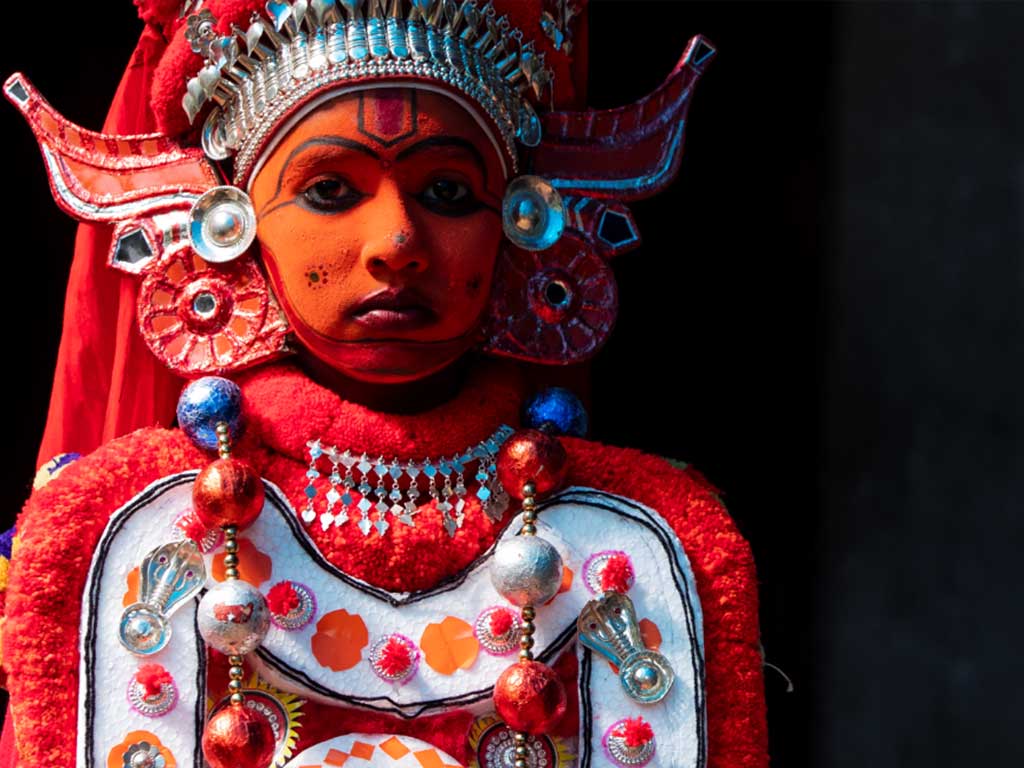Historical importance of Bekal Fort
It is believed that the Bekal fort might have existed even from early days of the Chirakkal Rajas for the fact that it was common in those days to build a fort for the purpose of defense. Many of the old royal palaces have forts to protect them from the enemies. Decribing the Kolathiri Kingdom in his Kerala History, K.P. Padmanabha Menon writes that the residence allotted to the Thekkelamkur: "The eldest of the male members reigned as sovereign Kolathiri. The next in succession, the heir apparent, was the Thekkelamkur. The residence assigned to him was the Vadakara fort. The third in succession was the Vadakkelamkur in charge of Vekkolath fort. This V (B) ekkolath fort is identified by some scholars as the present Bekal.
In his Handbook of South Canara written in 1985, H.A. Stuart remarks that "Several forts were built by the Shivappa Nayak of Bednoor between 1650 and 1670. The two forts of Bekal and Chandragiri were originally under the Kolathiri or Chirakkal Rajas until the time of Shivappa Nayaka's invasion. Perhaps, the Bednore rulers might have rebuilt and improved it."
The 'Koteyar'/'Ramakshatriya' community found in Bekal, Panayal and other places in Kasargod were said to have been brought to this land by the Nayaks to strengthen and defend the fort. There was a prolonged struggle between the Kolathiries and Nayaks to recapture and maintain their hold over this area. Following the rise of the Hyder Ali and his conquest of Bekal these prolonged battles came to an end. Thus Bekal fell into the hands of the Mysore kings.
The reign of Tipu Sultan in Bekal When Tipu Sultan led the great military expedition to capture Malabar Bekal Fort served as an important military station for his army. The coins and other artifacts unearthed by the archaeological excavation conducted recently at Bekal fort shows the strong presence of the Mysore Sulthans. The Fourth Anglo-Mysore War in 1799 led to the death of Tipu Sulthan and consequently the fort came under the British East India Company.
Bekal during the British RajFor the British also Bekal Fort was significant for their military and administrative ventures. During the reign of the Company Bekal became the headquarters of the newly organized Bekal Taluk of South Canara District in Bombay presidency. South Canara became a part of the Madras presidency in 1862 and Bekal Taluk was renamed Kasargod Taluk. Slowly the political and economic magnitude of Bekal and its port declined considerably. With the state reorganization in 1956 Kasargod became part of Kerala.
Bekal todayToday, the Bekal fort and its surroundings are fast becoming an international tourist destination and a favourite shooting locale for film and ad makers. Bekal is also one of the five centres selected by the Government of India to be developed into a 'Special Tourism Area'.


 Bekal Fort and it features
Bekal Fort and it features